The Most Common Wild Animals in the United States
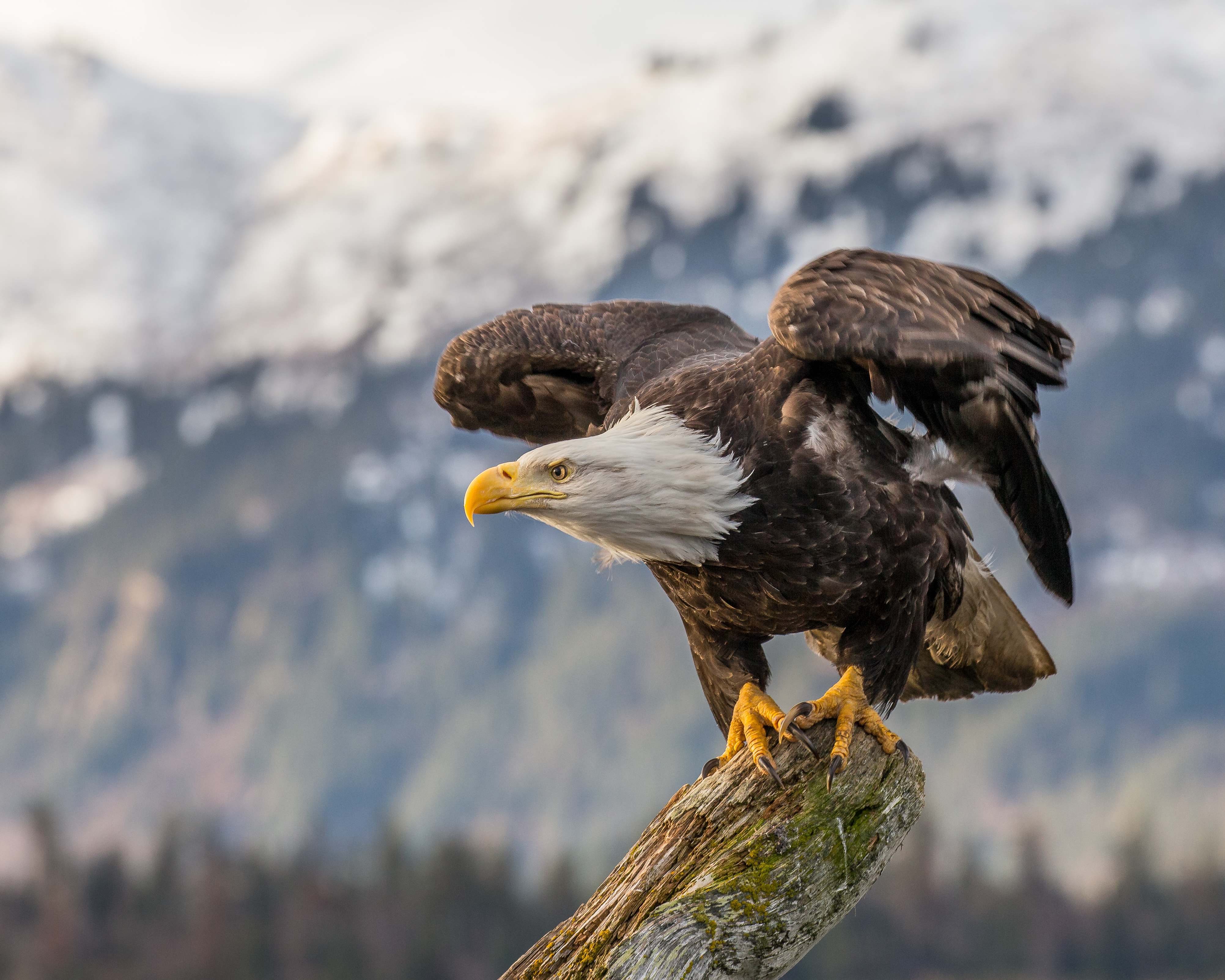
Published on March 18, 2024
The United States is a country blessed with a stunning variety of ecosystems that wild animals call home. From the dense forests of New England to the sprawling deserts of the Southwest, America's landscapes are alive with a remarkable array of creatures, each with its own story and role in the natural world. This article embarks on a journey through the habitats of the ten most common wild animals in the US, revealing the wonder of our country's wildlife and the importance of preserving this incredible natural heritage. Join us as we explore the lives of these animals, not as distant observers but as neighbors in this vast and varied land.
1. White-tailed Deer (Odocoileus virginianus)
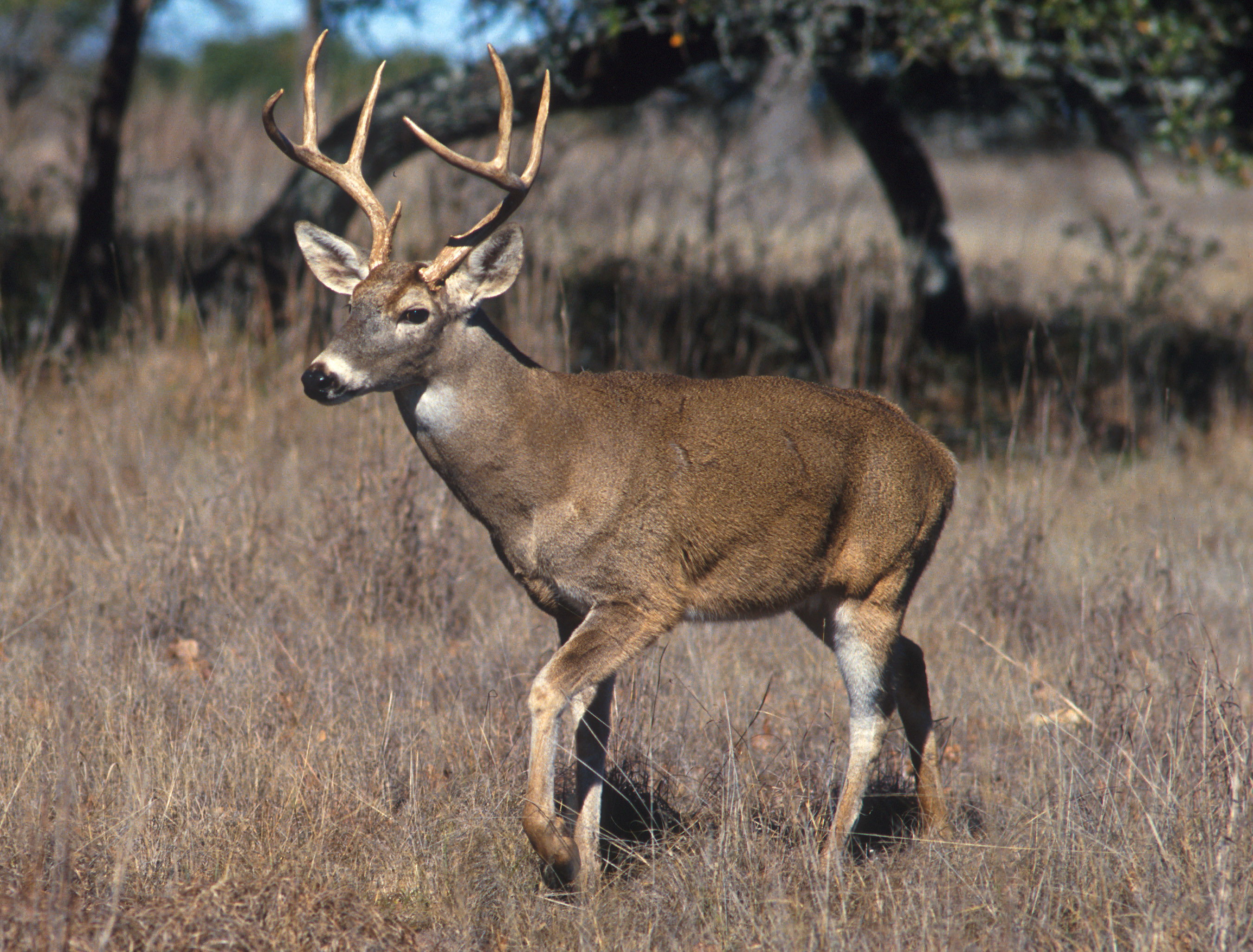
The white-tailed deer is a symbol of American wilderness, widespread across most of the U.S. It adapts to various habitats, including forests, farmlands, and suburban areas. Adult males, known as bucks, are recognizable by their prominent antlers, which they shed and regrow annually. These deer are herbivores, feeding on a wide array of vegetation, which makes them key players in controlling plant populations and shaping their environment. The proliferation of white-tailed deer in many areas, partly due to reduced natural predators, has led to significant ecological and human challenges, such as vehicle collisions and impacts on forest undergrowth.
2. Eastern Gray Squirrel (Sciurus carolinensis)
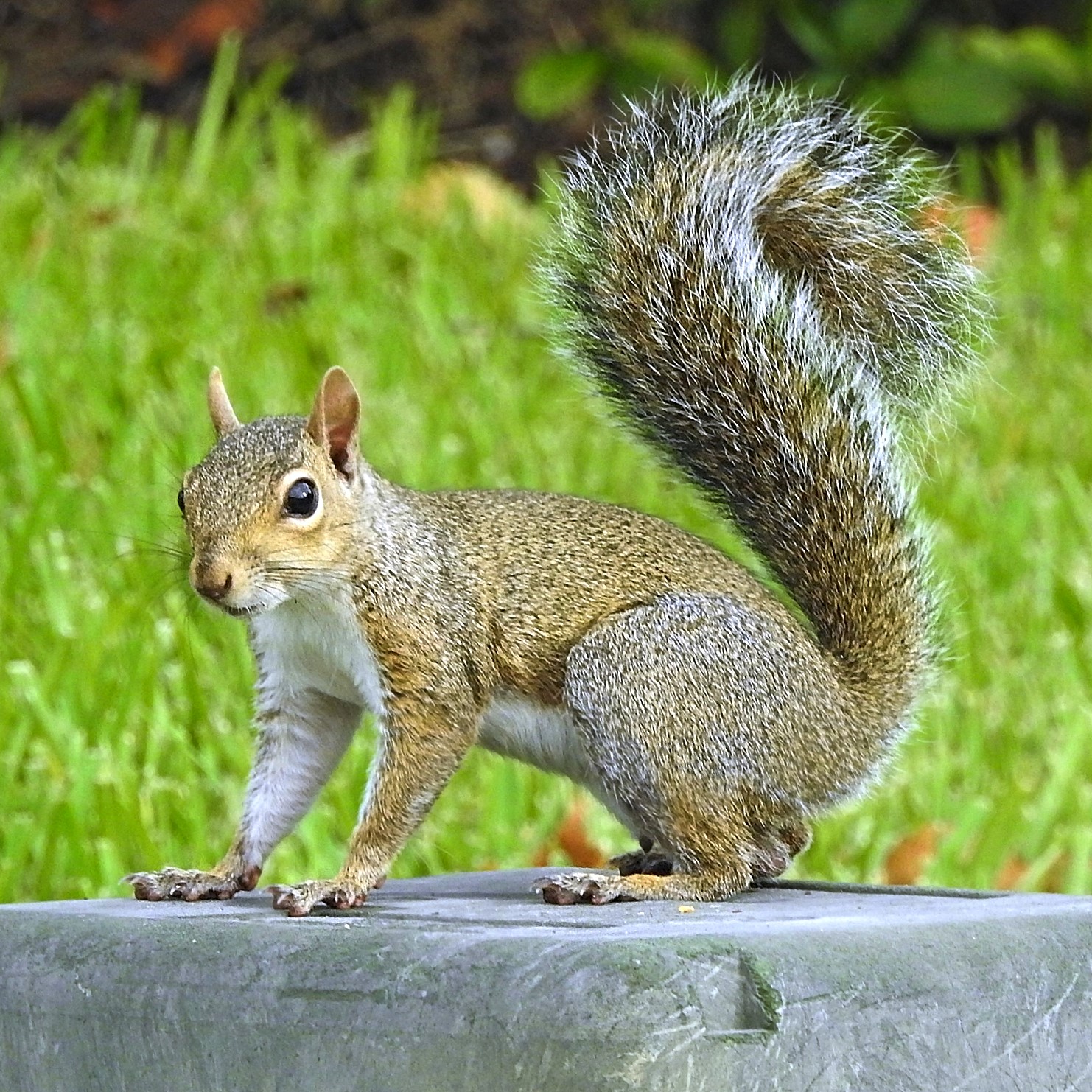
Ubiquitous in both rural and urban settings, the eastern gray squirrel is notable for its agility and the bushy tail that aids in balance and thermal regulation. These squirrels are significant for their role in seed dispersal. By burying nuts, which they often forget to retrieve, they inadvertently contribute to forest regeneration. Their presence across America highlights their adaptability, but also raises concerns about their impact on native bird populations and the spread of diseases.
3. American Robin (Turdus migratorius)

The American Robin, a familiar sight in backyards across the country, serves as a harbinger of spring. These birds are easily recognized by their bright orange bellies and melodic songs. Robins are omnivorous, feasting on insects, earthworms, and fruit, which helps in the control of pest populations and the dispersal of seeds. Their widespread presence underscores the adaptability of the species to various habitats, including urban environments where their cheerful song is a common sound.
4. North American Raccoon (Procyon lotor)

Raccoons are known for their distinctive masked faces and dexterous front paws. Highly adaptable, they are found in a wide range of environments, including forests, marshes, and urban areas, where they have become adept at scavenging. Their omnivorous diet includes fruits, nuts, insects, and occasionally small animals, showcasing their role in maintaining the balance of their ecosystems. However, their adaptability has also led to conflicts with humans, as raccoons are often considered pests due to their habit of raiding trash cans and their potential to spread diseases like rabies.
5. Eastern Cottontail Rabbit (Sylvilagus floridanus)

The eastern cottontail is a common species in open grassy areas and along forest edges across the U.S. With its distinctive brown fur and fluffy white tail, it is a key prey species for a variety of predators, including hawks, foxes, and snakes. This rabbit's diet mainly consists of grasses, herbs, and bark, contributing to the cycling of nutrients within their habitats. The reproductive habits of cottontails, characterized by high birth rates, make them crucial for maintaining the populations of various predatory species.
6. Red Fox (Vulpes vulpes)

The red fox is admired for its striking appearance and cunning behavior. With a range that covers much of the U.S., these animals are adaptable predators, living in forests, grasslands, mountains, and deserts. They feed on rodents, rabbits, birds, and even insects, playing a critical role in controlling these populations and thus maintaining ecological balance. Red foxes are also known for their complex social structures and playful behaviors, which, along with their adaptability, have made them a subject of both admiration and conflict in human-wildlife interactions.
7. American Black Bear (Ursus americanus)

As the most widespread bear species in North America, the American black bear inhabits forests and mountainous regions. Their diet is incredibly varied, including fruits, nuts, leaves, and occasionally small mammals or carrion, reflecting their opportunistic feeding habits. Black bears have a significant impact on their ecosystems through seed dispersal and their role as apex predators. Human expansion into bear habitats has led to increased encounters, prompting efforts to educate the public on coexisting peacefully with these majestic animals.
8. Bald Eagle (Haliaeetus leucocephalus)
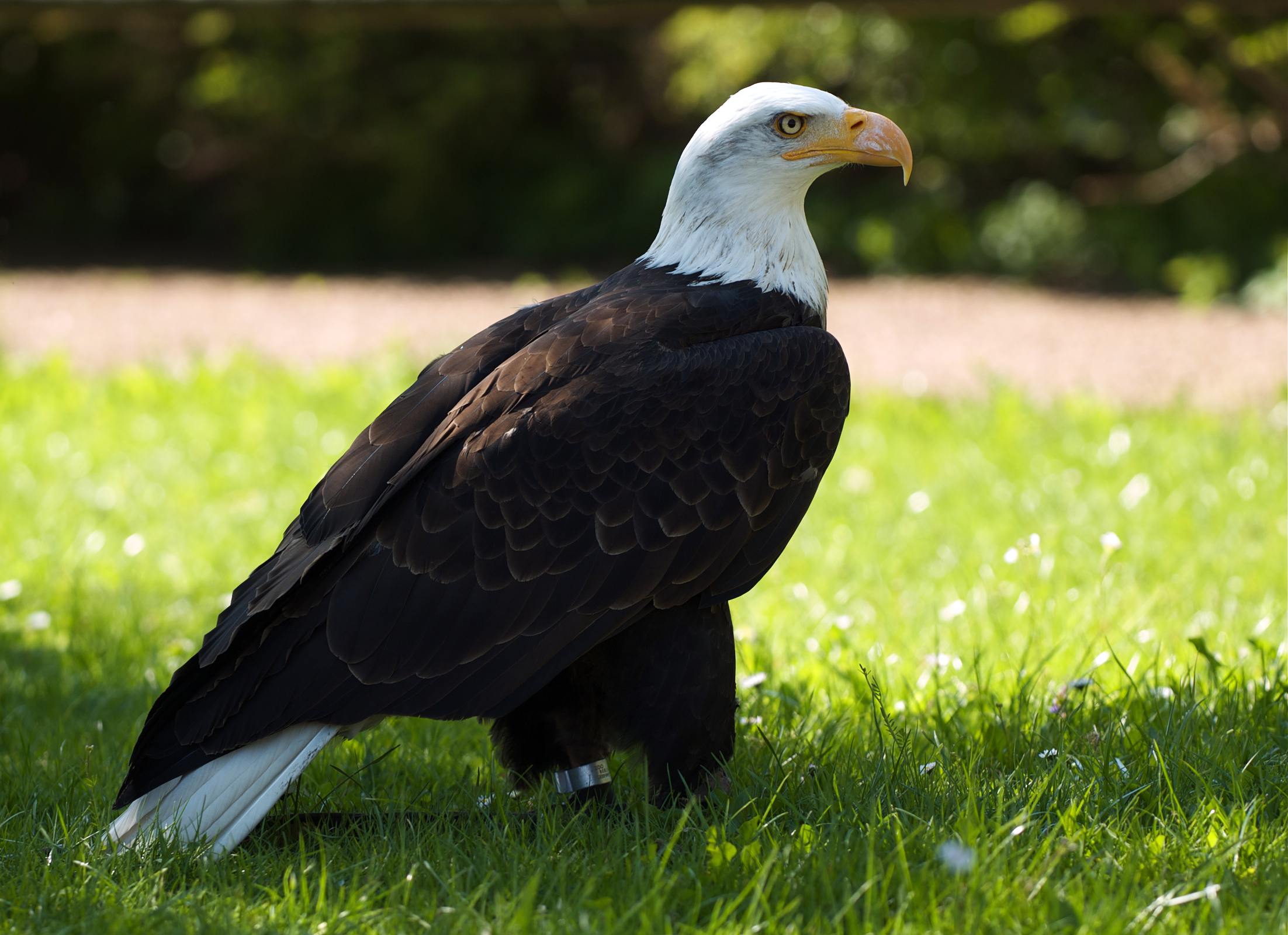
The bald eagle, a symbol of the United States, is a powerful bird of prey found near lakes, rivers, and coastal habitats. These birds feed primarily on fish, which they skillfully snatch from the water with their sharp talons. Bald eagles are known for their impressive nests, which are the largest of any North American bird, and for their spectacular recovery from the brink of extinction, a testament to successful conservation efforts. Their presence underscores the importance of clean waterways and healthy fish populations.
9. North American Beaver (Castor canadensis)
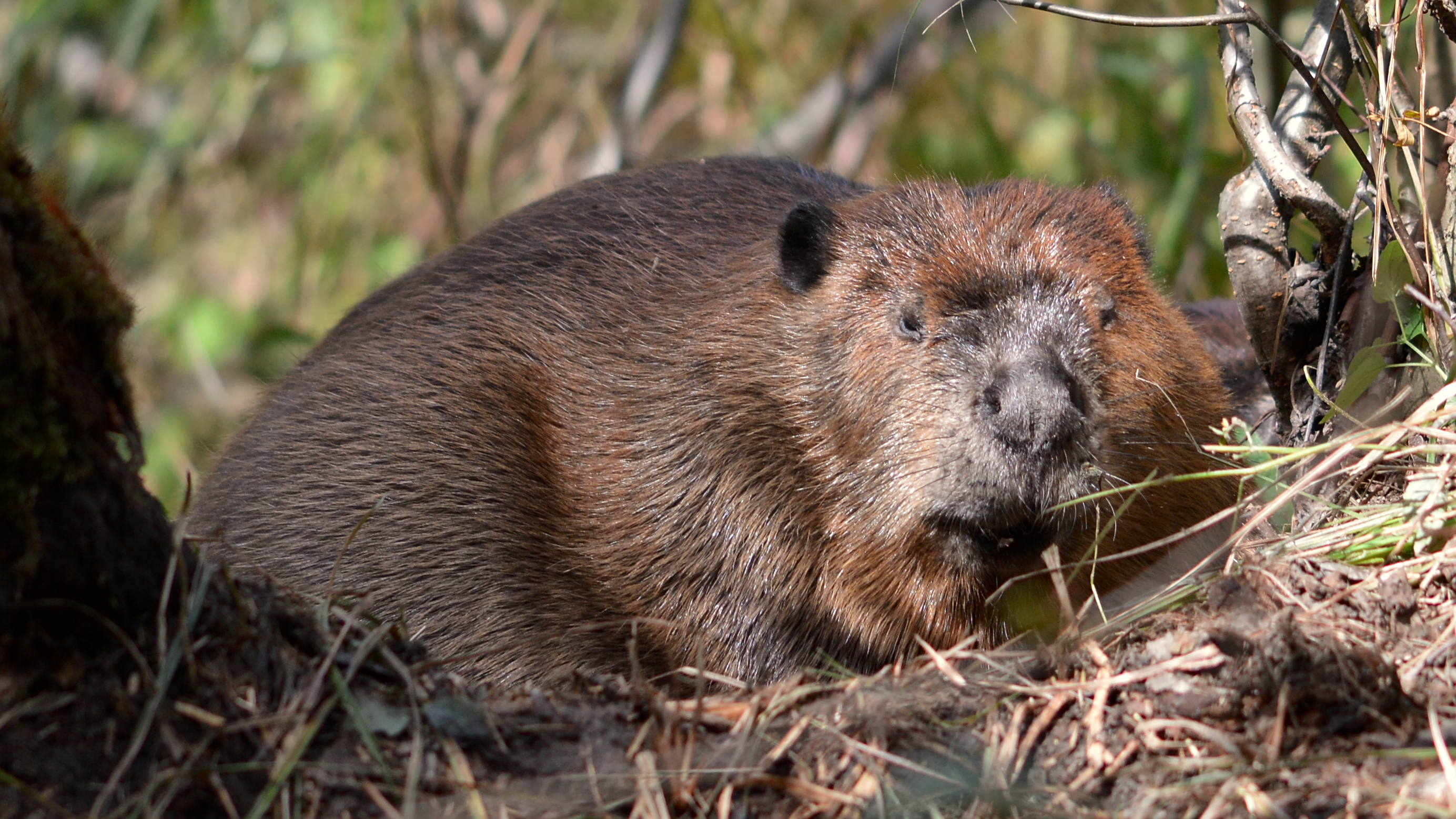
Beavers are ecosystem engineers, significantly altering their environments by building dams and creating wetlands. These habitats provide crucial resources for a variety of species, including fish, birds, and amphibians. Beavers are vegetarians, feeding on tree bark, leaves, and aquatic plants, and their dam-building activities can have both positive and negative impacts on local environments. While they create habitats that increase biodiversity, they can also cause flooding and affect timber resources, highlighting the need for balanced beaver management practices.
10. Coyote (Canis latrans)

Coyotes have shown remarkable adaptability, expanding their range across North America, even into urban areas. As opportunistic feeders, they prey on small mammals, birds, reptiles, and insects, playing a key role in controlling these populations. Coyotes are often misunderstood and are seen as a nuisance in some areas, yet their presence is crucial for maintaining ecological balance. Effective management and public education are essential for coexistence with this adaptable predator.
The Takeaway
The common wild animals of the United States, from the ubiquitous white-tailed deer to the majestic bald eagle, are integral to the nation's natural heritage. Each species plays a vital role in its ecosystem, contributing to the balance and health of its environment. As we continue to share our spaces with these creatures, understanding and respecting them becomes paramount. Conservation efforts and habitat protection are crucial to ensure that these animals, and many others, remain a part of the American landscape for generations to come. Embracing our wildlife heritage is not just about preserving these species; it's about ensuring the health of our ecosystems and our own future within them.
Did You Know?
- White-tailed deer can sprint up to 30 miles per hour and leap as high as 10 feet and as far as 30 feet in a single bound when evading predators.
- Eastern gray squirrels can rotate their ankles 180 degrees, allowing them to descend from trees head-first.
- American robins are not just early birds at dawn; they are also among the last to stop singing at twilight, using the dim light to feed longer than many other birds.
- Raccoons have highly sensitive hands with vibrissae (whiskers) on their palms, which they use to identify objects before they even touch them, especially useful when foraging in water.
- Eastern cottontail rabbits can have up to seven litters in a year, with as many as five babies per litter, helping their populations rebound quickly from predation.
- The red fox uses Earth's magnetic field to hunt. They leap into the air and pounce on their prey in a northeasterly direction with stunning accuracy.
- American black bears are excellent climbers and can run up to 35 miles per hour, making them formidable predators and elusive prey.
- Bald eagles have a gripping strength of about 400 pounds per square inch, ten times stronger than the grip of a human hand, enabling them to snatch fish from water with ease.
- Beavers have transparent eyelids that function like goggles, allowing them to see underwater as they work on their constructions.
- Coyotes have adapted to urban environments so well that they are now found in nearly every city across the U.S., with some even living in downtown Chicago.
Category: World Facts